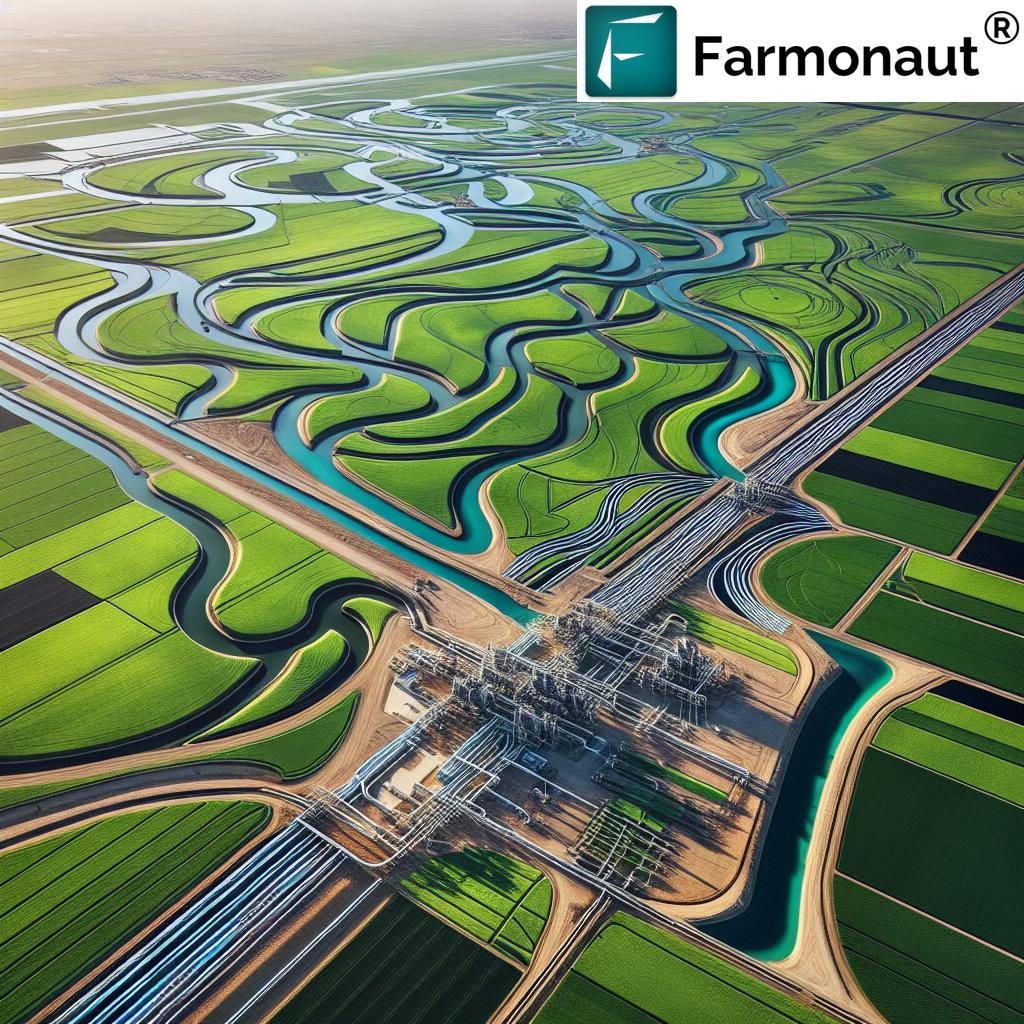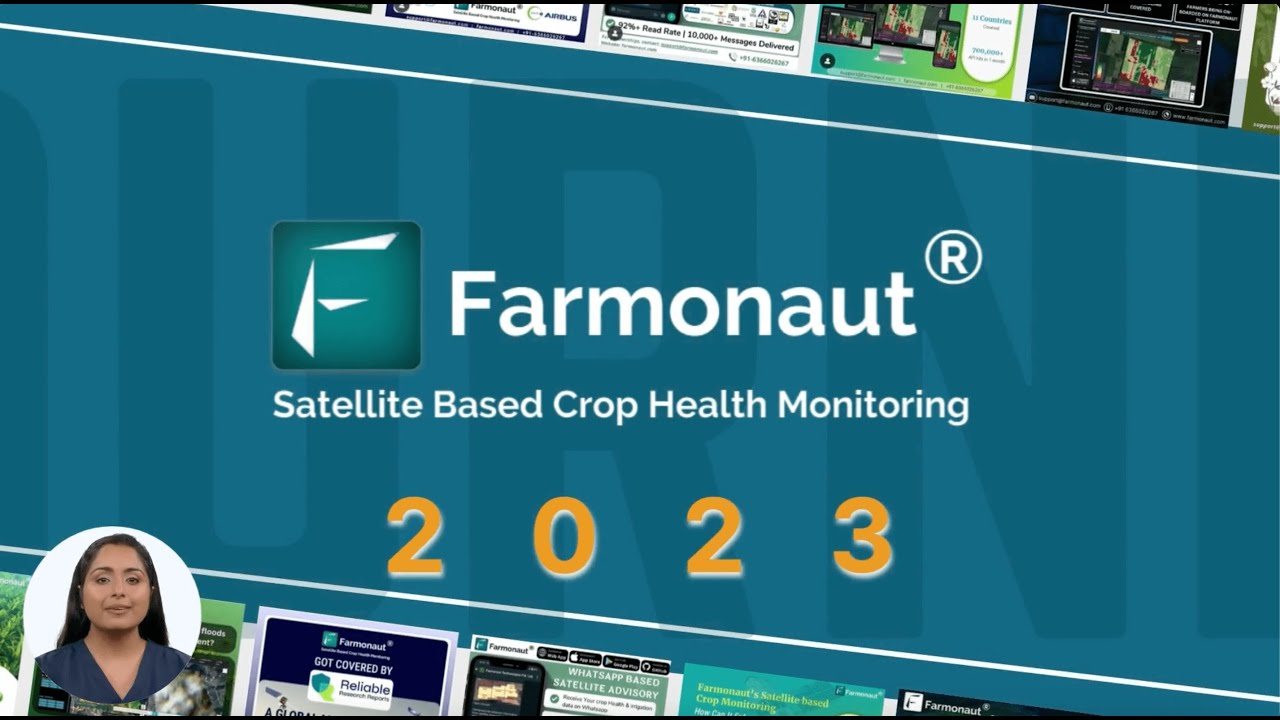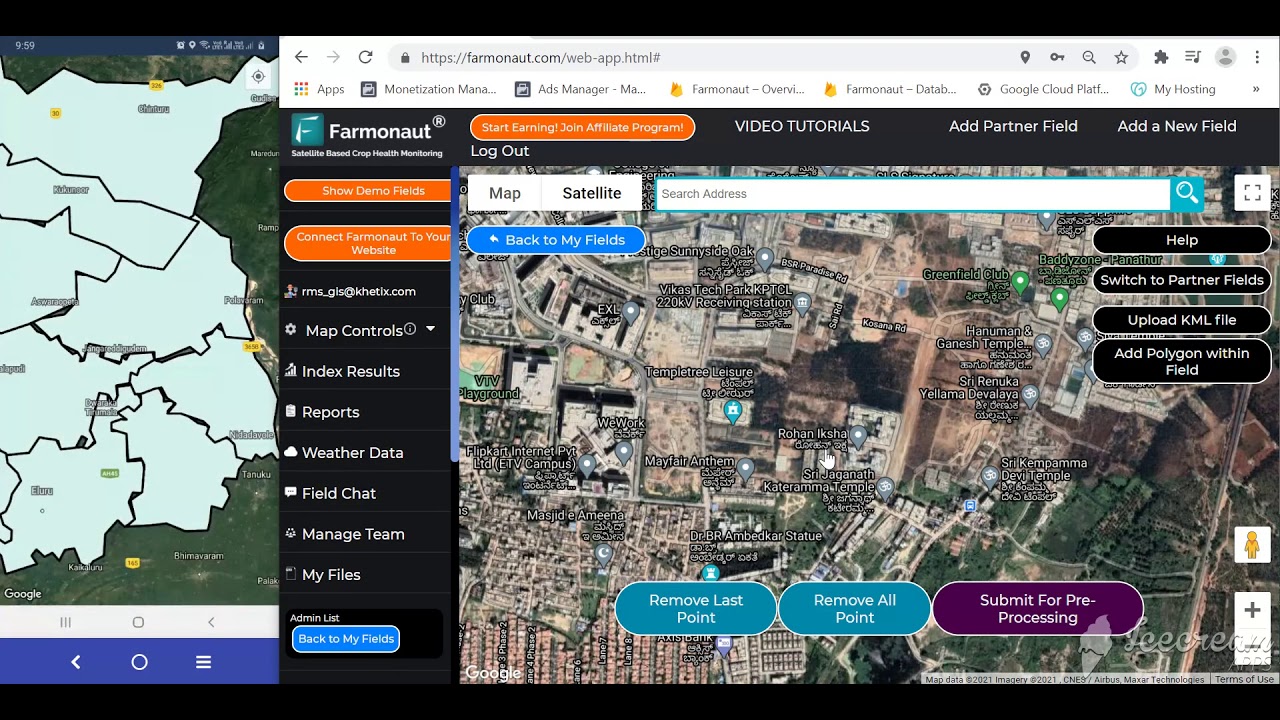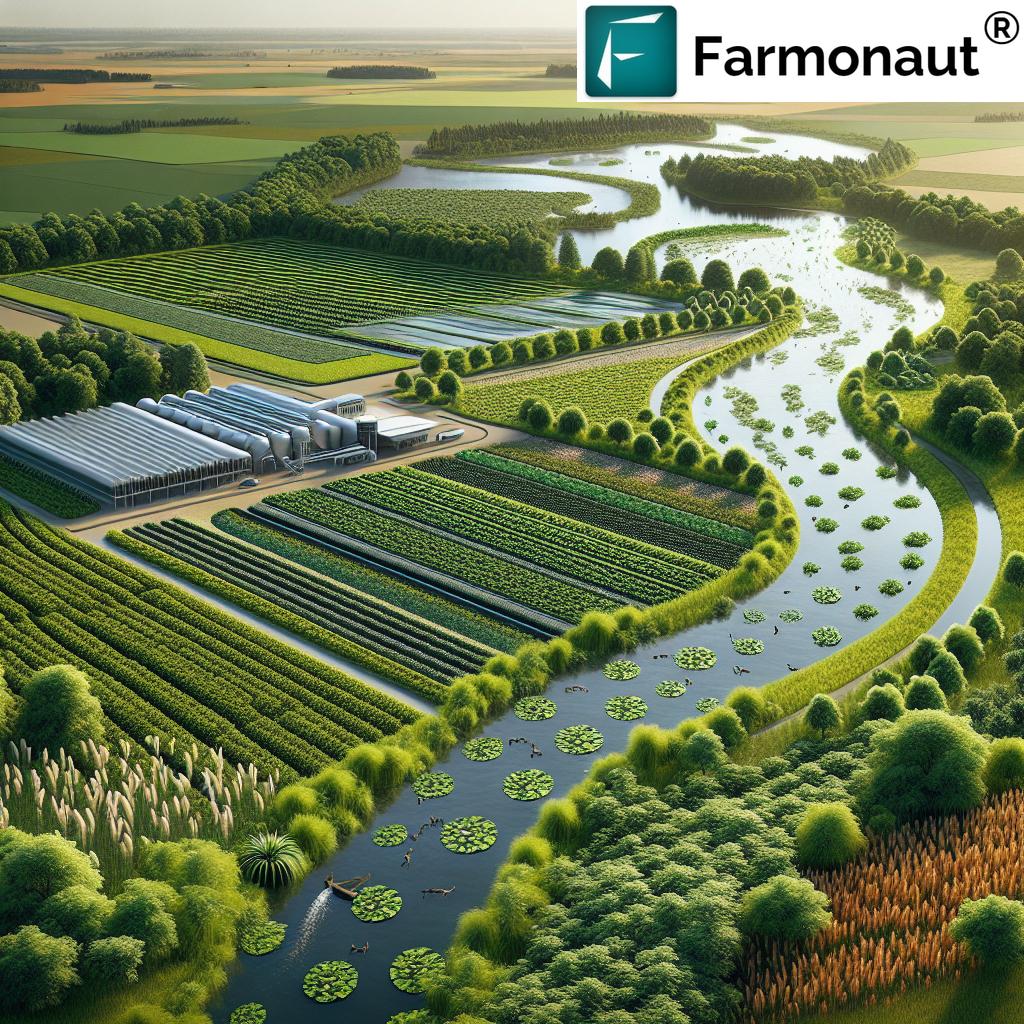Revolutionizing Sustainable Agriculture: Columbia Basin’s $45M Water Management Solution Transforms Washington’s Farmlands
“The $45 million EL 22.1 Surface Water Irrigation Project will transform thousands of acres in Washington State’s Columbia Basin.”
In the heart of Washington State, a groundbreaking initiative is set to revolutionize sustainable agriculture and water management. We are witnessing a pivotal moment in the Columbia Basin’s agricultural history as the EL 22.1 Surface Water Irrigation Project takes center stage, bolstered by a substantial $45 million funding allocation. This innovative infrastructure project promises to address critical groundwater depletion issues while ushering in a new era of sustainable farming practices.
The Columbia Basin’s Water Challenge
For decades, the Columbia Basin has been grappling with a severe water crisis. The Odessa Aquifer, a critical water source for the region’s agricultural sector, has been critically depleted due to extensive groundwater pumping for irrigation. This depletion has not only threatened the long-term viability of farming in the area but has also raised concerns about the environmental sustainability of current agricultural practices.
In response to this pressing issue, the Washington State Senate has taken a bold step forward. The proposed 2025-27 Capital Budget has earmarked nearly $45 million for the construction and completion of a significant portion of the EL 22.1 Surface Water Irrigation Project. This funding marks a milestone in the Odessa Groundwater Replacement Program (OGWRP), signaling a commitment to addressing groundwater depletion while fostering economic growth in the region.

The EL 22.1 Project: A Game-Changer for Sustainable Water Management
The EL 22.1 Surface Water Irrigation Project is not just another infrastructure initiative; it’s a transformative solution designed to revolutionize water management in the Columbia Basin. At its core, the project aims to replace groundwater pumping with a more sustainable surface water irrigation system. This shift is crucial for the long-term health of the Odessa Aquifer and the continued prosperity of the region’s agricultural sector.
Key features of the EL 22.1 Project include:
- Tapping into the East Low Canal of the East Columbia Basin Irrigation District (ECBID)
- Delivering surface water from the Federal Columbia Basin Project (CBP)
- Irrigating thousands of acres of agricultural land
- Implementing advanced irrigation technology and canal facilities
- Constructing an extensive pipeline network for efficient water distribution
The project’s scope extends across Grant, Adams, and Lincoln Counties, focusing on areas north of I-90 and east of Moses Lake, Washington. This comprehensive approach to water sustainability in agriculture serves as a model for balancing agricultural needs with water resource conservation.
Economic Impact and Benefits
The EL 22.1 Project is poised to generate significant economic benefits for communities in the Columbia Basin. By ensuring a stable and sustainable water supply, the project will:
- Reinforce the region’s agricultural stability
- Boost long-term economic prosperity
- Reduce risks to the agricultural sector
- Drive economic development
- Attract investment in food processing industries
This initiative goes beyond mere infrastructure development; it’s a lifeline for the Columbia Basin’s irrigated agricultural heritage and economic vitality. The project’s impact will be felt across various sectors, from individual farms to large-scale agribusinesses.
Technological Advancements in Irrigation
The EL 22.1 Project incorporates cutting-edge irrigation technology to maximize water efficiency and crop productivity. These advancements include:
- Precision irrigation systems
- Smart water metering
- Automated canal control
- Real-time monitoring of water usage and crop health
By leveraging these technologies, farmers can make data-driven decisions about water application, leading to optimized crop yields and reduced water waste. This technological integration aligns perfectly with the sustainable agriculture goals of the project.
For farmers looking to enhance their crop monitoring capabilities, Farmonaut’s satellite-based farm management solutions offer an excellent complement to the EL 22.1 Project’s infrastructure. Farmonaut’s platform provides real-time crop health monitoring and AI-based advisory systems, further supporting the region’s move towards precision agriculture.
Environmental Conservation and Sustainability
At the heart of the EL 22.1 Project is a commitment to environmental conservation and sustainability. By transitioning from groundwater to surface water irrigation, the project aims to:
- Significantly reduce pressure on the Odessa Aquifer
- Allow for natural aquifer recharge
- Preserve groundwater resources for future generations
- Minimize the ecological impact of agricultural practices
This shift towards more sustainable water management practices is crucial for the long-term health of the Columbia Basin ecosystem. It demonstrates how large-scale agricultural operations can coexist with environmental conservation efforts.
“The project spans three counties – Grant, Adams, and Lincoln – addressing groundwater depletion in the Odessa Aquifer.”
Stakeholder Collaboration and Support
The success of the EL 22.1 Project is a testament to the power of collaboration among various stakeholders. Key players in this initiative include:
- The EL 22.1 Landowner Association
- East Columbia Basin Irrigation District (ECBID)
- U.S. Bureau of Reclamation
- Washington State Department of Ecology
- Local legislators and community leaders
This collaborative effort has garnered widespread support from counties, cities, economic development councils, ports, chambers of commerce, agricultural businesses, and food processors across Grant, Adams, and Lincoln Counties.

Project Timeline and Implementation
With nearly 100% of its design and engineering complete, the EL 22.1 system is poised for immediate action. The project timeline includes:
- Commencement of construction in phases
- Gradual integration of surface water irrigation systems
- Continuous monitoring and adjustment of water management strategies
- Long-term evaluation of impact on groundwater levels and agricultural productivity
This phased approach ensures a smooth transition from groundwater to surface water irrigation, minimizing disruption to ongoing agricultural activities while maximizing the project’s effectiveness.
Innovative Water Management Solutions
The EL 22.1 Project showcases innovative water management solutions that could serve as a blueprint for other regions facing similar challenges. Some of these solutions include:
- Advanced water distribution systems
- Integrated water resource management
- Sustainable irrigation practices
- Adaptive management strategies
These innovations not only address the immediate water scarcity issues but also pave the way for long-term sustainable agriculture in the region.
Impact on Local Communities
The EL 22.1 Project’s impact extends far beyond the agricultural sector. Local communities in Grant, Adams, and Lincoln Counties stand to benefit significantly from this initiative. The project promises to:
- Create new job opportunities in construction and maintenance
- Stabilize the local economy by securing the future of agriculture
- Enhance community resilience against water scarcity
- Promote sustainable development in rural areas
By ensuring the long-term viability of agriculture in the region, the project helps maintain the social and economic fabric of these rural communities.
Challenges and Mitigation Strategies
While the EL 22.1 Project offers numerous benefits, it also faces several challenges. These include:
- Initial resistance from some farmers accustomed to groundwater irrigation
- Potential short-term disruptions during the transition phase
- Need for ongoing education and training on new irrigation systems
- Balancing water allocation among various stakeholders
To address these challenges, the project implementers have developed comprehensive mitigation strategies, including stakeholder engagement programs, phased implementation, and continuous monitoring and adjustment of the system.
Future Prospects and Scalability
The success of the EL 22.1 Project could have far-reaching implications for sustainable agriculture and water management across the United States and beyond. The project’s innovative approach and comprehensive design make it a potential model for:
- Other regions facing similar groundwater depletion issues
- Large-scale sustainable agriculture initiatives
- Integrated water resource management projects
- Public-private partnerships in agricultural infrastructure
The scalability of this project opens up exciting possibilities for addressing water scarcity and promoting sustainable agriculture on a global scale.
Technological Integration and Data-Driven Agriculture
The EL 22.1 Project’s success is closely tied to its integration of advanced technologies and data-driven approaches. This technological leap forward includes:
- Satellite-based monitoring of crop health and water usage
- AI-powered irrigation scheduling
- Blockchain-based water rights management
- IoT sensors for real-time soil moisture monitoring
These technological advancements not only enhance the efficiency of water use but also provide farmers with unprecedented insights into their operations. For instance, Farmonaut’s crop plantation and forest advisory services can complement the project by offering AI-driven insights for optimal crop management, further enhancing the benefits of the new irrigation system.
Economic Analysis and Return on Investment
The $45 million investment in the EL 22.1 Project is expected to yield significant returns for the region. Economic analyses project:
- Increased agricultural output and productivity
- Enhanced crop diversity and value-added production
- Reduced operational costs for farmers in the long run
- Increased property values in the affected areas
- Growth in related industries such as food processing and agricultural technology
This economic boost is crucial for the long-term prosperity of the Columbia Basin region, ensuring that it remains a vital agricultural hub for generations to come.
Environmental Impact Assessment
A comprehensive environmental impact assessment has been conducted as part of the EL 22.1 Project planning. Key findings include:
- Projected recovery rates for the Odessa Aquifer
- Potential impacts on local ecosystems and wildlife
- Changes in surface water flow patterns
- Long-term effects on soil health and agricultural sustainability
These assessments ensure that the project not only meets immediate agricultural needs but also aligns with broader environmental conservation goals. For farmers interested in monitoring their environmental impact, Farmonaut’s carbon footprinting tools can provide valuable insights into their farm’s carbon emissions and help identify areas for improvement.
Policy Implications and Regulatory Framework
The implementation of the EL 22.1 Project has significant implications for water management policies and regulations in Washington State. It sets a precedent for:
- Sustainable water use legislation
- Integrated water resource management policies
- Agricultural subsidy programs tied to sustainable practices
- Collaborative governance models for natural resource management
These policy developments could serve as a model for other states facing similar water management challenges.
Project Impact Comparison
| Metric | Before Project | After Project (Estimated) |
|---|---|---|
| Irrigated Acreage | 50,000 acres | 87,000 acres |
| Groundwater Extraction (acre-feet/year) | 150,000 | 30,000 |
| Surface Water Usage (acre-feet/year) | 10,000 | 180,000 |
| Agricultural Productivity (tons/acre) | 3.5 | 5.2 |
| Economic Impact ($ millions) | 250 | 450 |
| Water Conservation (% reduction) | N/A | 25% |
| Number of Benefited Farms | 500 | 850 |
| Aquifer Recharge Rate (inches/year) | 0.5 | 2.0 |
Community Engagement and Education
The success of the EL 22.1 Project hinges on effective community engagement and education. Initiatives in this area include:
- Workshops and training sessions for farmers on new irrigation technologies
- Public awareness campaigns on water conservation
- School programs focusing on sustainable agriculture and water management
- Demonstration farms showcasing the benefits of the new irrigation system
These efforts ensure that the community is not only informed about the project but also actively involved in its implementation and ongoing success.
Research and Development Opportunities
The EL 22.1 Project opens up numerous research and development opportunities in the fields of agriculture and water management. Areas of focus include:
- Advanced irrigation technologies
- Crop varieties optimized for surface water irrigation
- Water-efficient farming practices
- Sustainable aquifer management strategies
These research initiatives could lead to further innovations in sustainable agriculture, benefiting not just the Columbia Basin but agricultural regions worldwide.
Conclusion: A New Era of Sustainable Agriculture
The EL 22.1 Surface Water Irrigation Project represents a monumental step forward in sustainable agriculture and water management. By addressing the critical issue of groundwater depletion in the Odessa Aquifer, this $45 million investment is set to transform the agricultural landscape of Washington’s Columbia Basin.
The project’s comprehensive approach, combining innovative infrastructure, advanced technology, and sustainable practices, serves as a model for balancing agricultural needs with environmental conservation. As construction begins and the project unfolds in phases, we anticipate significant positive impacts on crop yields, water conservation, and economic stability in the region.
The success of this initiative will not only secure the future of farming in Grant, Adams, and Lincoln Counties but also pave the way for similar projects across the nation and beyond. It demonstrates that with careful planning, substantial investment, and stakeholder collaboration, it is possible to achieve a harmonious balance between agricultural productivity and environmental sustainability.
As we move forward, the EL 22.1 Project stands as a testament to human ingenuity and our capacity to adapt to environmental challenges. It marks the beginning of a new era in sustainable agriculture, one where technology, policy, and community engagement come together to create a more resilient and prosperous future for our farmlands.
FAQs
- What is the main goal of the EL 22.1 Surface Water Irrigation Project?
The main goal is to replace groundwater pumping with surface water irrigation to address critical groundwater depletion in the Odessa Aquifer while promoting sustainable agriculture in Washington’s Columbia Basin. - How much funding has been allocated for this project?
The Washington State Senate Capital Budget has allocated nearly $45 million for the construction and completion of a significant portion of the project. - Which counties will benefit from this project?
The project will primarily benefit Grant, Adams, and Lincoln Counties in Washington State. - How will this project impact local farmers?
Farmers will benefit from a more sustainable water supply, potentially increased crop yields, and reduced operational costs in the long run. - What are some of the technological advancements included in this project?
The project incorporates precision irrigation systems, smart water metering, automated canal control, and real-time monitoring of water usage and crop health.
Earn With Farmonaut
Earn 20% recurring commission with Farmonaut’s affiliate program by sharing your promo code and helping farmers save 10%. Onboard 10 Elite farmers monthly to earn a minimum of $148,000 annually—start now and grow your income!
Farmonaut Subscriptions
For developers interested in integrating advanced agricultural data into their applications, check out the Farmonaut API and the comprehensive API Developer Docs.




















